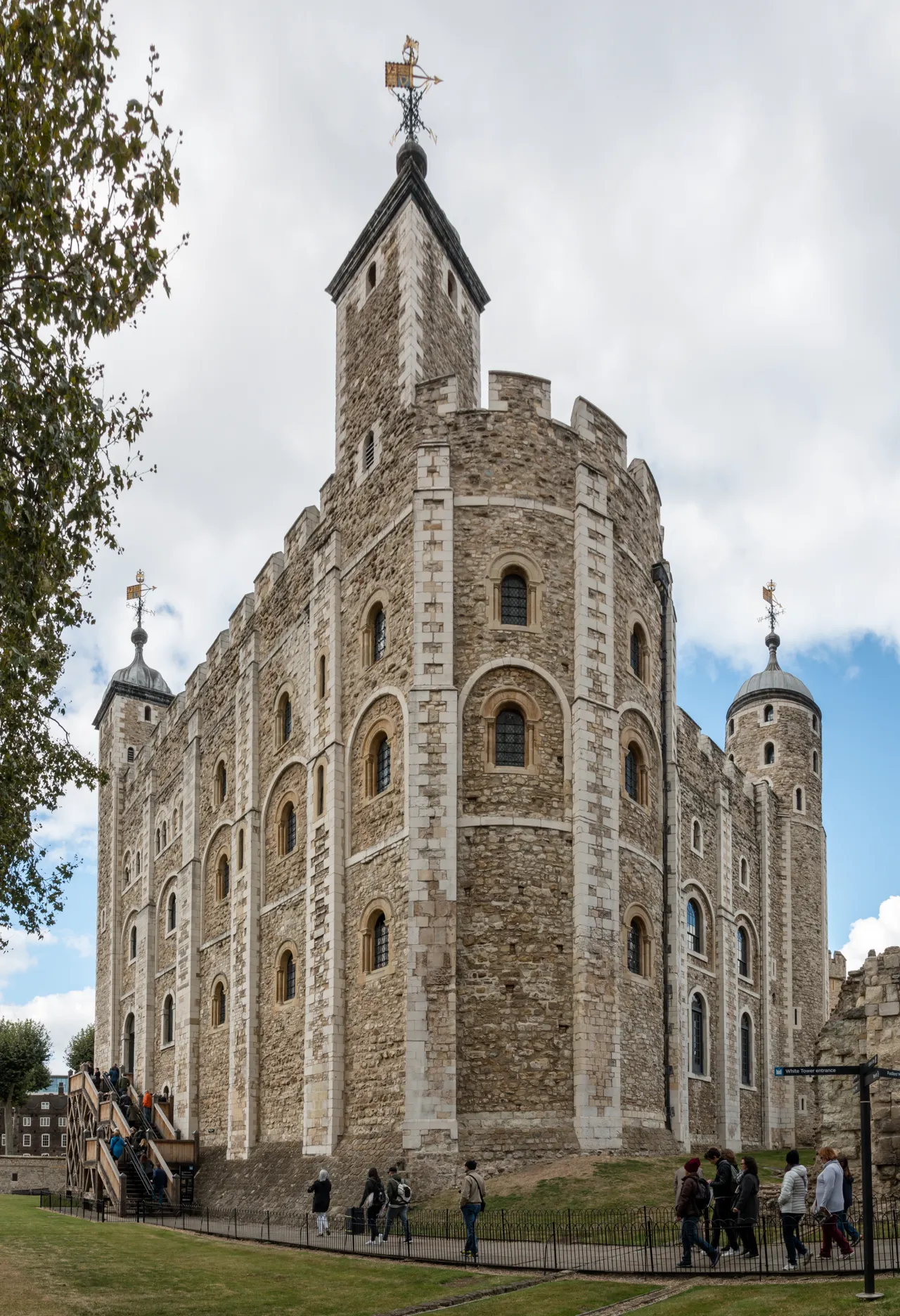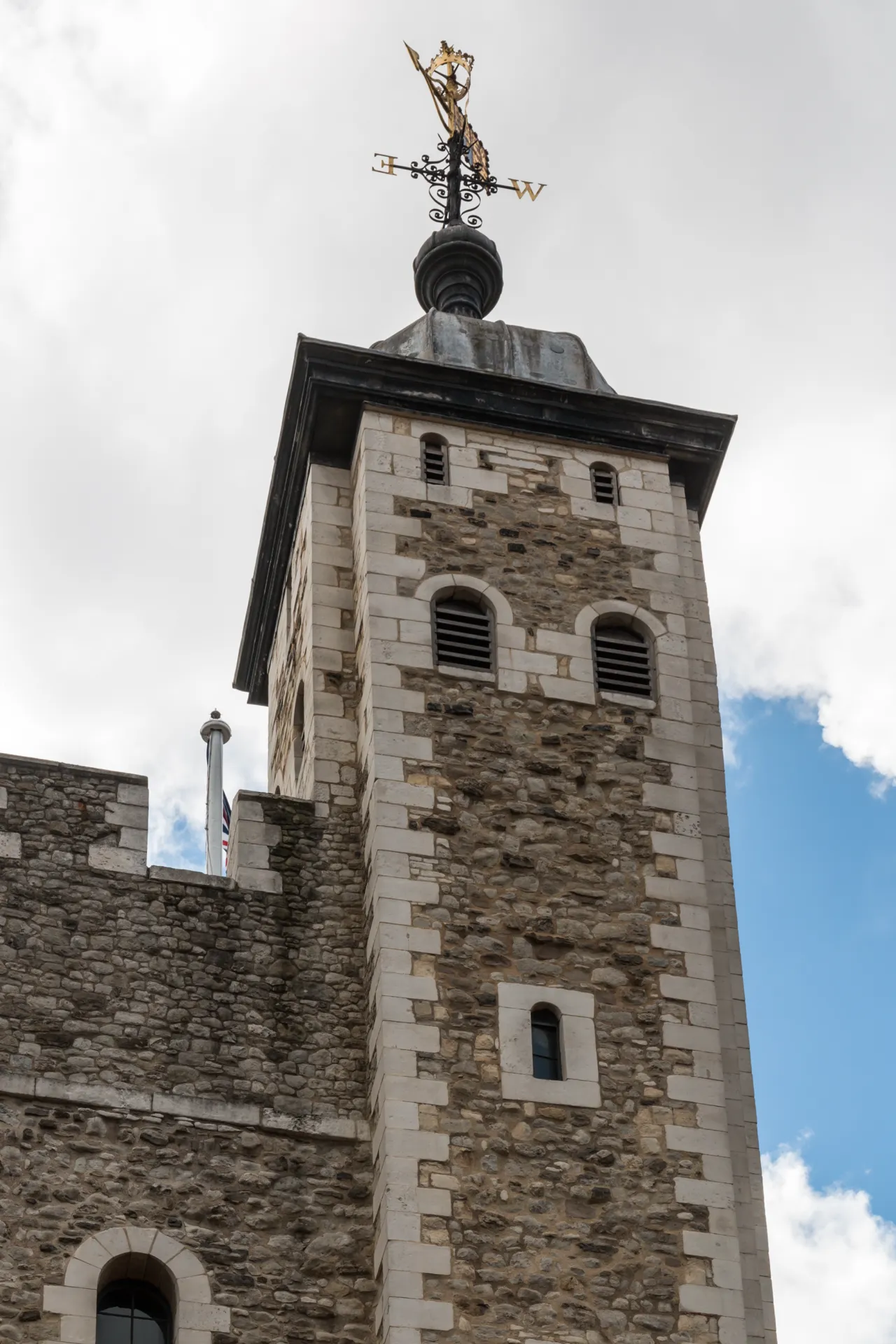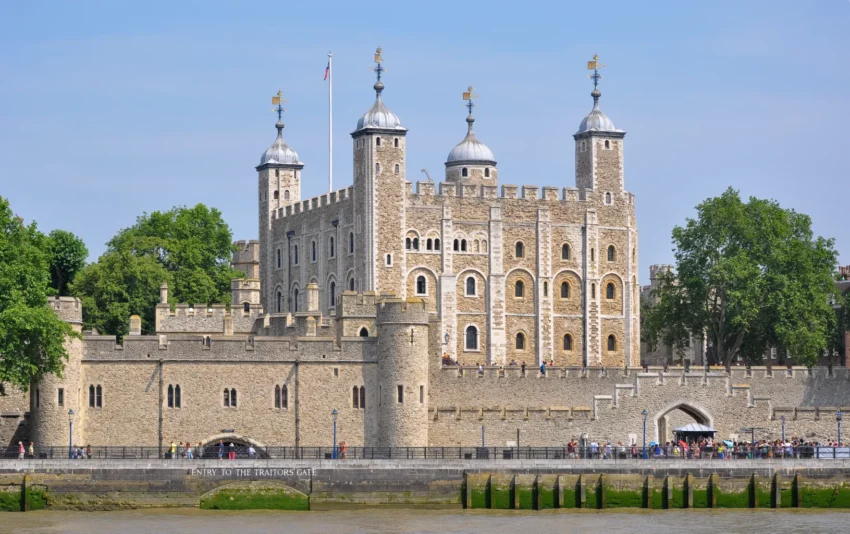The Tower of London: A Historical Overview
The Tower of London, officially known as His Majesty’s Royal Palace and Fortress of the Tower of London, stands as a monumental structure with a rich history that spans over centuries. Located on the north bank of the River Thames in central London, this historic castle has served various roles, from royal residence to prison, and now as a museum and tourist attraction.
Get your dose of History via Email
Foundation and Early History
The Tower of London was founded by William the Conqueror in 1066, following his victory at the Battle of Hastings. The construction of the White Tower, which gives the entire complex its name, began in 1078. This imposing structure was intended as a demonstration of Norman power, looming over the London landscape as a symbol of oppression and control.
Architectural Evolution
The Tower’s architecture is a testament to its enduring role in English history. It consists of several buildings set within two concentric rings of defensive walls and a moat. The castle has been expanded upon several times throughout history, particularly under the reigns of Richard I, Henry III, and Edward I. These expansions were not only to accommodate the needs of the time but also to fortify the structure against potential sieges.

The Tower’s Diverse Functions
Throughout its history, the Tower of London has had multiple uses. It was a grand palace in its early days, serving as a royal residence. The Tower has also been a place of incarceration, housing figures such as Elizabeth I before she became queen, and the Kray twins in the 20th century. Interestingly, despite its reputation as a place of torture and death, the Tower was, more often than not, a site where high-profile prisoners were held in relatively comfortable conditions.
Royal Ceremonies and the Crown Jewels
From the early 14th century until the reign of Charles II, the Tower was integral to the coronation process. Monarchs would traditionally stay at the Tower before proceeding to Westminster Abbey for their coronation. Today, the Tower of London houses the Crown Jewels, a collection of regalia that has been used in the coronation of English and British monarchs.
The Tower as a Prison and Place of Execution
The zenith of the Tower’s use as a prison came during the 16th and 17th centuries. High-profile prisoners, including Anne Boleyn and Sir Walter Raleigh, were incarcerated here. The Tower was also a site of execution; although most executions took place on Tower Hill, a select few were carried out within its precincts for high-profile inmates.
Wartime Role and Restoration
During both World Wars, the Tower of London was used to detain prisoners. Post-World War II, significant restoration work was undertaken to repair war damages, and the Tower was opened to the public. It now stands as one of the United Kingdom’s most iconic historical landmarks, attracting millions of visitors each year.

Current Status
Operated by the charity Historic Royal Palaces, the Tower of London is preserved as a culturally significant structure, protected as a World Heritage Site. It remains under the ceremonial charge of the Constable of the Tower and is guarded by the Yeomen Warders, or “Beefeaters,” who also provide guided tours.
Conclusion
The Tower of London’s history reflects the tumultuous path of English history. From its beginnings as a symbol of Norman subjugation to its role in the coronation of monarchs, and its use as a prison and treasury, the Tower has stood witness to key events that have shaped the nation. Today, it offers a window into the past, preserving over a thousand years of history within its walls.
Sources:

